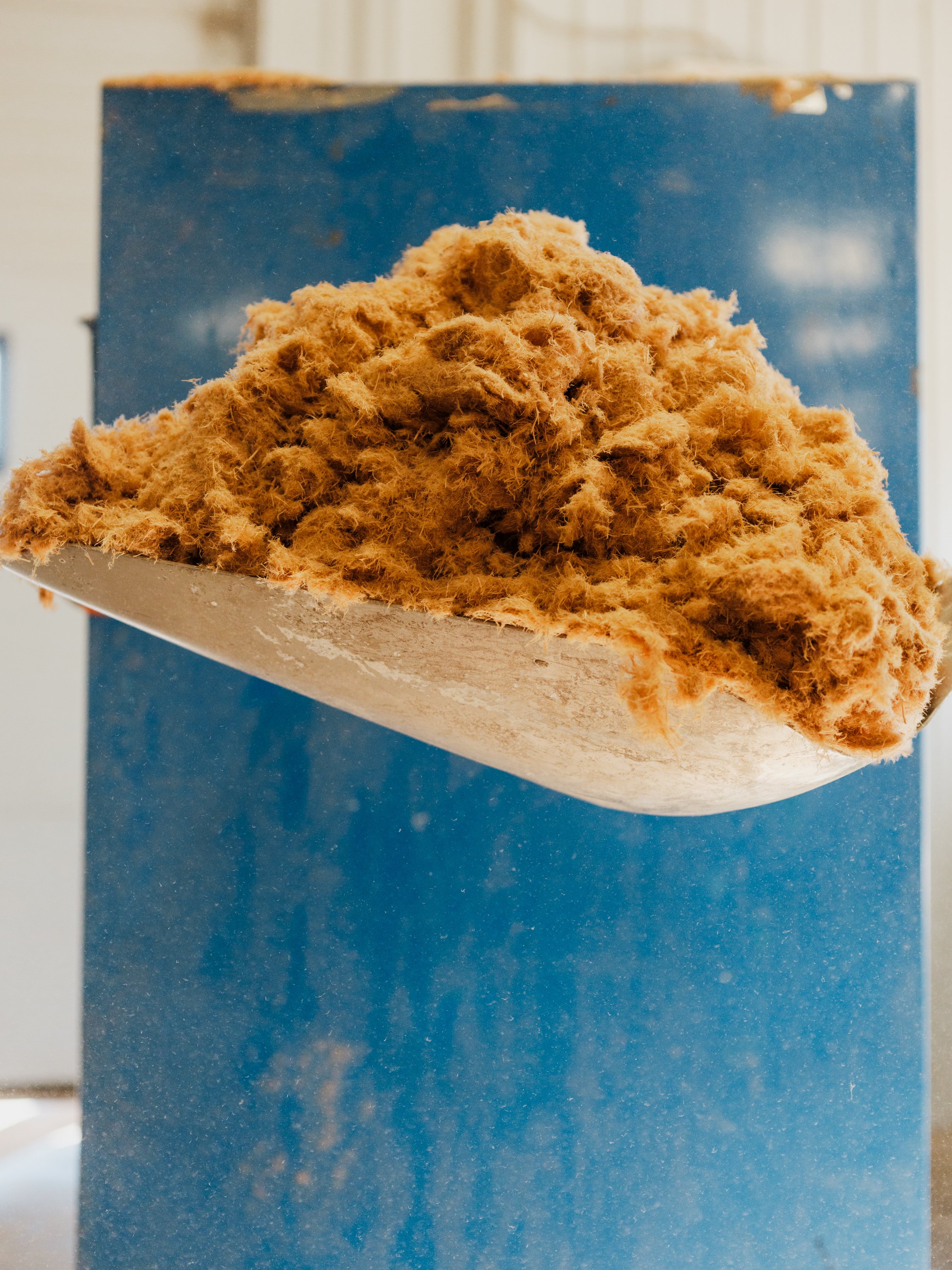
Frequently Asked Questions
Wondering about plant-based insulation? Looking for a simple explanation of what design/build means? We have some commonly asked questions here. If you can’t find what you’re looking for, please contact us.
-
Straw insulated panels respond well to fire due to their dense composition. They behave like heavy timbers in fire, where the outer layers char and insulate the interior layers. Unlike traditional insulation materials like foam, straw is naturally fire-resistant and has proven durability in various conditions.
-
Testing our buildings over a 25 year period has shown that the oldest, properly designed buildings are the driest. Straw has the ability to transfer moisture concentrations within itself and supports good drying potential when combined with a well-designed assembly, though it cannot tolerate being wet for extended periods.
We emphasize airtight construction and moisture management strategies, such as drainage, deflection, drying, and diffusion, to mitigate moisture issues and ensure long-term durability and performance. Straw insulated panels are resilient to moisture for short periods of time, behaving similarly to wood. -
We have not had one case of pests in our straw bale homes in the Northeast over the 25 years of our practice. Straw insulated panels have low pest risk due to their high density, making them difficult for pests to tunnel through.
Additionally, pests like insects or microbiological organisms typically indicate a moisture problem, which we avoid with proper moisture control strategies. Overall, through careful construction practices, a focus on moisture control, and the airtight nature of the panels, straw insulated panels tend to be largely inhospitable to pests. -
Recent testing conducted in the EU on straw R-values shows results between R-30 to R-35. While we continue to gather testing data, we use a conservative value of R-26 for legal reporting in the United States. Check out this link to our work to test straw bale panels for R-value.
-
With the ability to store 60 times more carbon than is expended in their production and transportation, straw naturally sequesters carbon, mitigating the overall environmental impact of home building.
Incredibly, our Casitas are climate positive, sequestering significantly more carbon than is released during the building process. More generally, straw bale structures have demonstrated remarkable durability, enduring for at least a century when well-maintained.
Beyond their longevity, straw bale buildings are cost-effective, widely available, fire-resistant, and offer enhanced insulation—an excellent combination for eco-friendly and high-performance construction solutions. -
Also known as carbon sequestration, carbon storing is a way of capturing carbon emissions and storing them. Straw naturally sequesters gaseous carbon by storing it within the plant during the growth phase, acting as a vital mechanism to drawdown atmospheric carbon emissions.
By harnessing the innate ability of straw to sequester carbon, straw bale buildings are an essential component of regenerative building practices, contribute to a healthier planet, and play a crucial role in addressing climate change.
Interested in Learning More?
If you have more questions or you can’t find what you’re looking for, please contact us.
